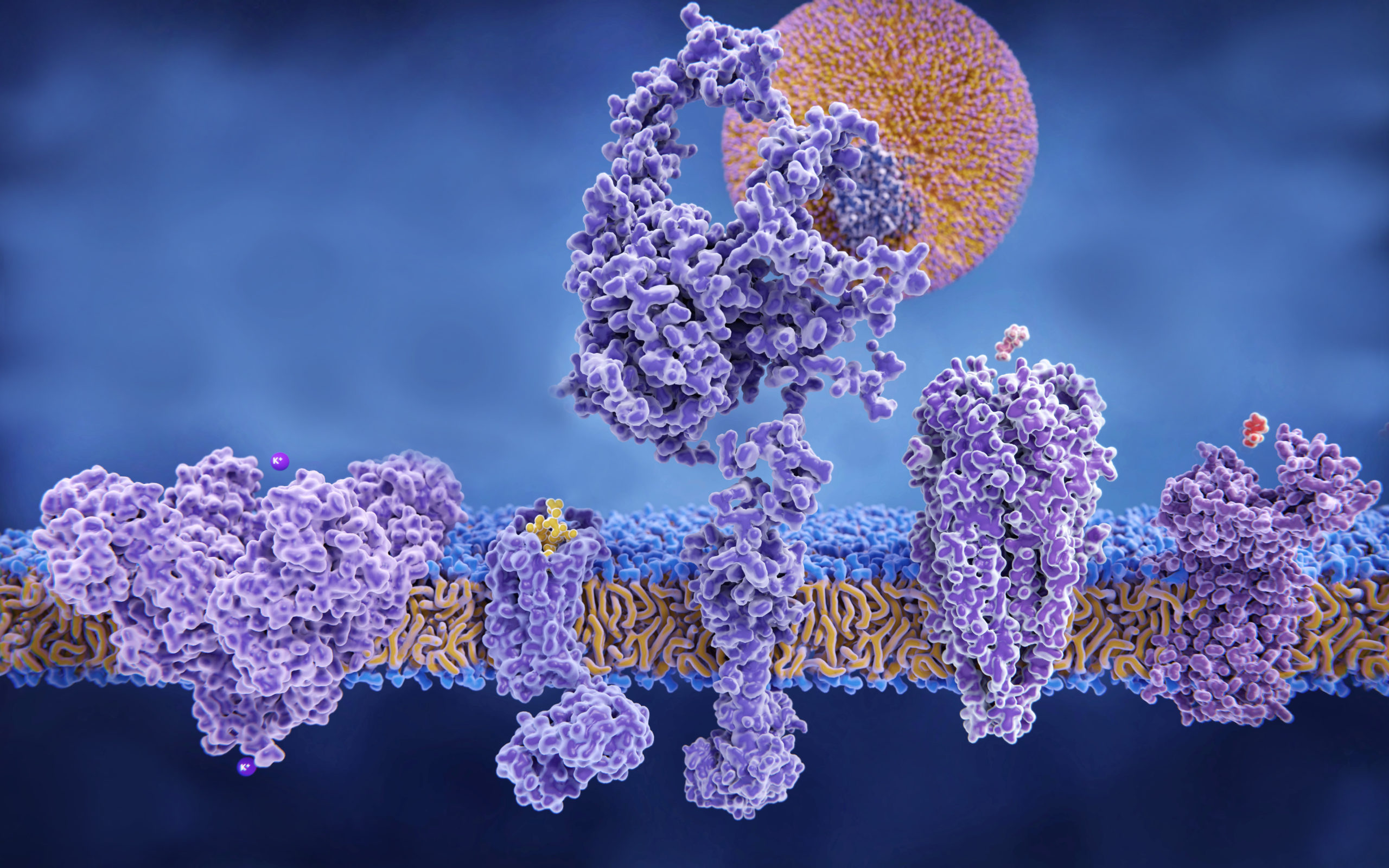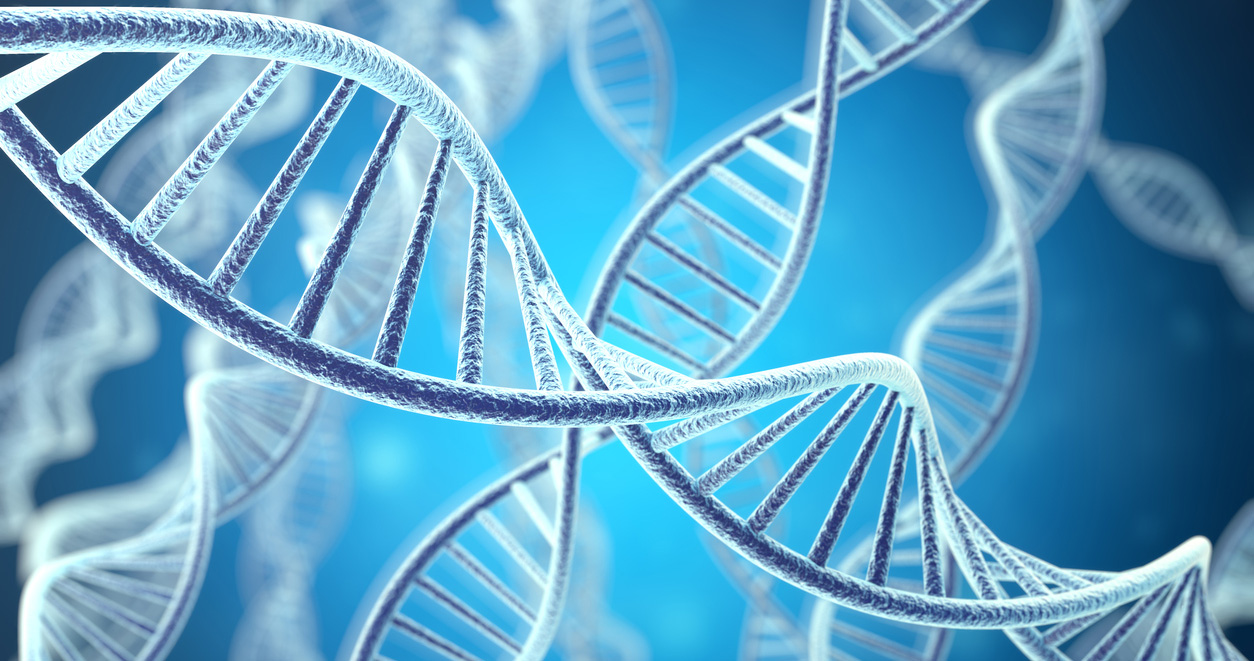
A new study has uncovered a promising way to improve treatment for small cell lung cancer, one of the most aggressive and deadly forms of cancer, according to findings published in The Journal of Clinical Investigation.
Scientists have identified that the gene NOTCH1 may help the immune system better recognize and fight small cell lung cancer tumors, potentially leading to prolonged survival for some patients.
Small cell lung cancer (SCLC), which makes up about 13 percent of all lung cancer cases according to the American Cancer Society, is strongly linked to smoking and is known for spreading quickly to other parts of the body. Each year, around 30,000 to 35,000 people in the U.S. are diagnosed with SCLC. Because SCLC is often found at a late stage, the five-year survival rate is only about 7 percent.
SCLC has shown more limited responses to immunotherapy treatments largely because its tumor cells evade immune detection, said Mohamed Abazeed, MD, PhD, the chair and William N. Brand, MD, Professor of Radiation Oncology, who was a co-author of the study.
“SCLC is designated a recalcitrant disease by the National Cancer Institute because survival rates have barely improved over the last five decades, a consequence of its ability to shapeshift or morph into distinct cell states,” said Abazeed, who also serves as co-leader of the Lung Cancer Program at the Robert H. Lurie Comprehensive Cancer Center of Northwestern University.
In the current study, investigators analyzed data from a recent landmark clinical trial and found that patients with high levels of NOTCH1 expression in their tumors lived significantly longer when treated with a combination of chemotherapy and immune checkpoint blockade, a type of immunotherapy.
This benefit was especially strong in patients whose tumors exhibited neuroendocrine features, which are common in SCLC.
Next, investigators cultured SCLC cells and discovered that activating NOTCH1 in cancer cells reawakens a part of the immune system known as the STING pathway. This leads to higher levels of MHC Class I proteins, which help the immune system detect and attack cancer cells. In mouse models, combining immunotherapy with a NOTCH1-activating drug led to long-lasting tumor responses.
The study shows that NOTCH1 could improve SCLC treatment responses by making tumors more visible to the body’s immune cells. It also suggests that NOTCH1 could be used as a biomarker to predict which patients are most likely to benefit from immunotherapy, Abazeed said.
“This study highlights another mechanism by which SCLC cells can adapt to evade our therapies. We found that tumors that are induced to express this marker could be redirected toward an immune-sensitive subtype, potentially restoring susceptibility to immunotherapy,” Abazeed said.
The findings open the door to new treatment strategies for SCLC and possibly other cancers where NOTCH1 is usually turned off.
Now, utilizing one of the largest libraries of SCLC patient-derived xenografts and samples available globally, Abazeed and his collaborators are working to better understand how and why this disease can “shapeshift,” with the hope of co-opting its plasticity to improve treatment.
“We’re investigating the plasticity of this disease in order to block its ability to transform into resistant states,” Abazeed said. “Our goal is to lock the cancer into a more vulnerable state — one that remains sensitive to chemotherapy, radiation, immune checkpoint inhibition or future therapies.”
The study was conducted in collaboration with the Center for Cancer Research at the National Cancer Institute. The work was supported by the National Institutes of Health Intramural Research Program and the Department of Defense Lung Cancer Research Program.






